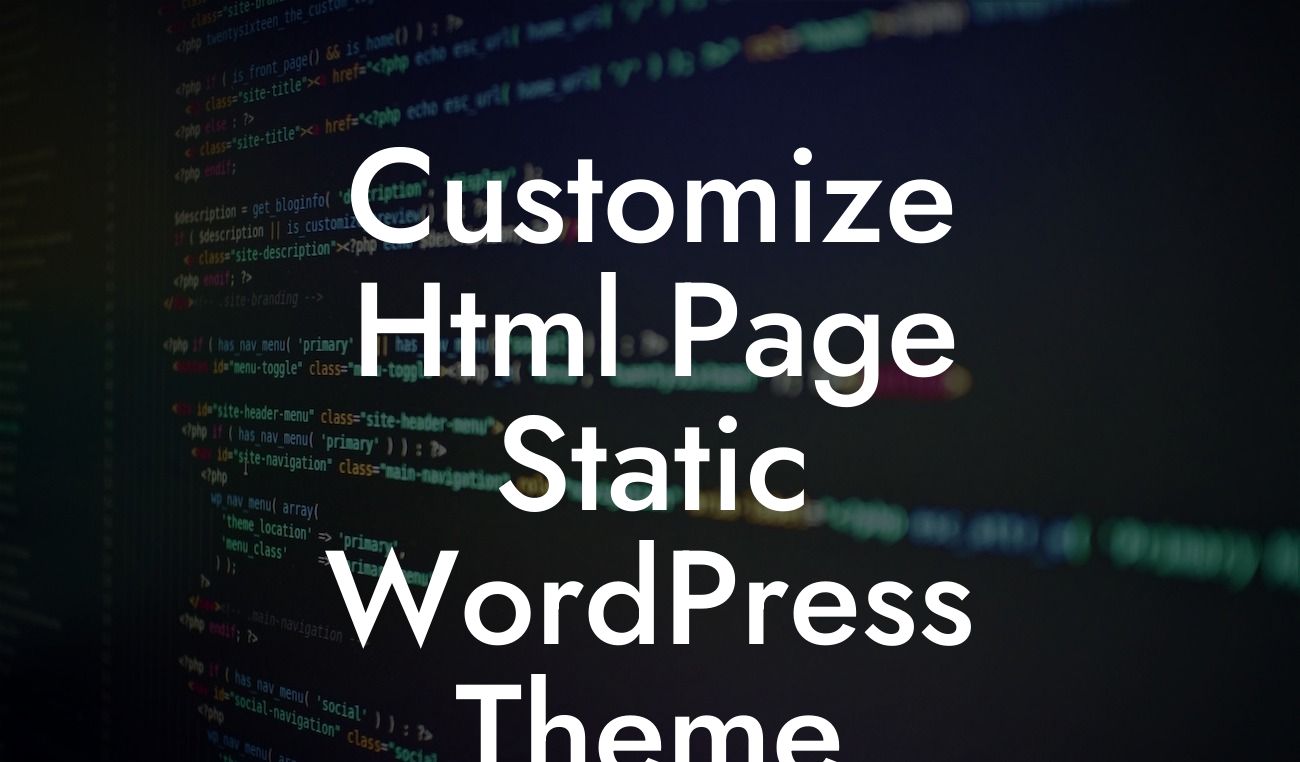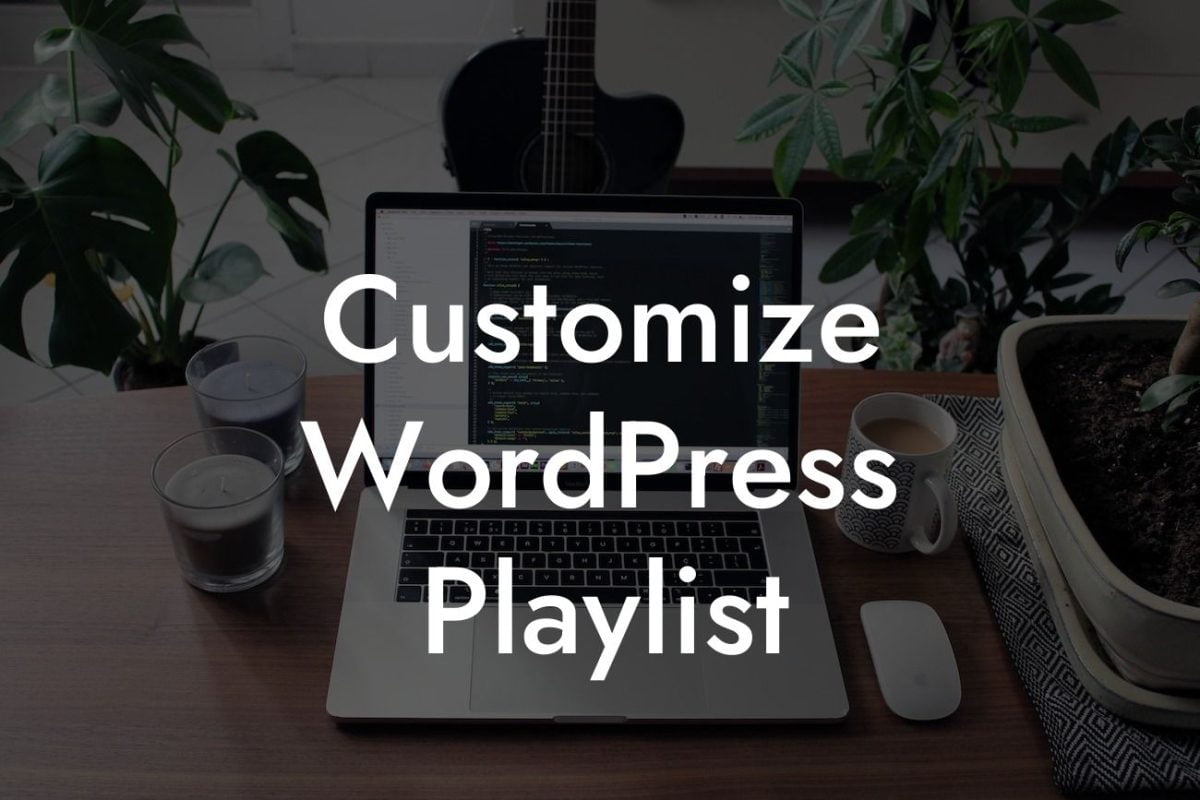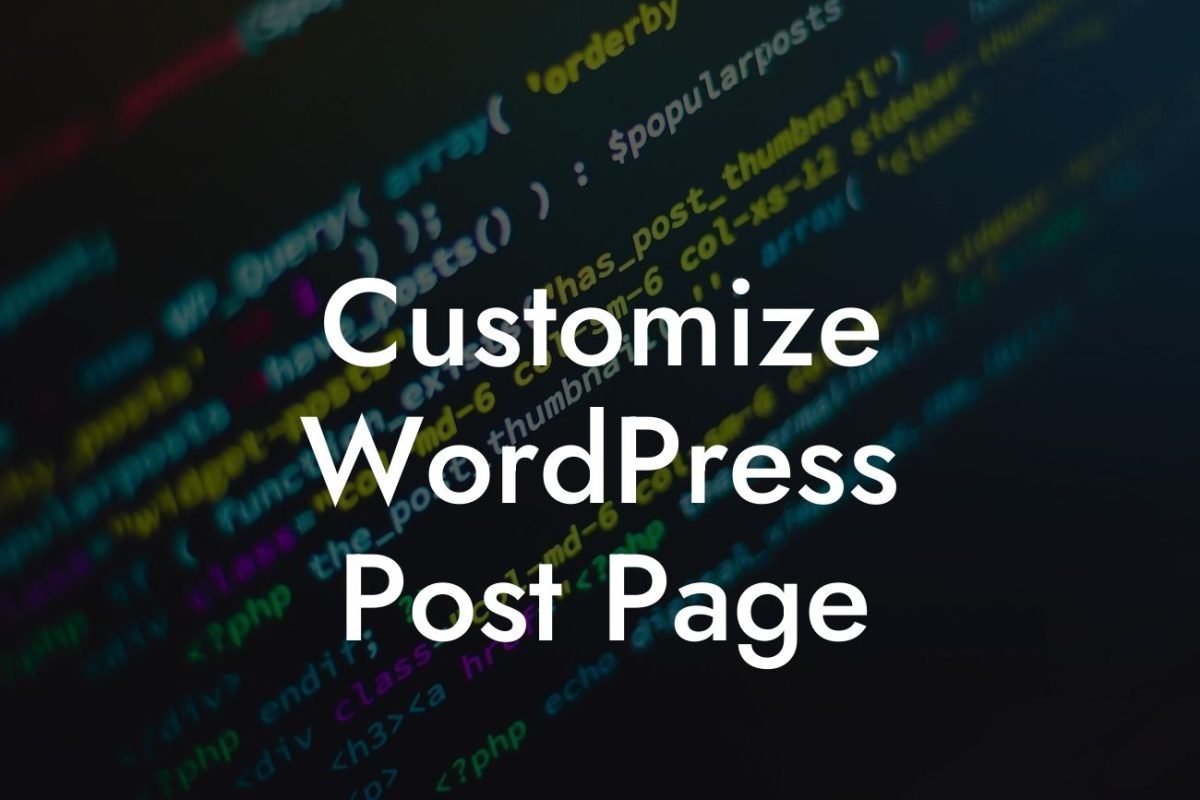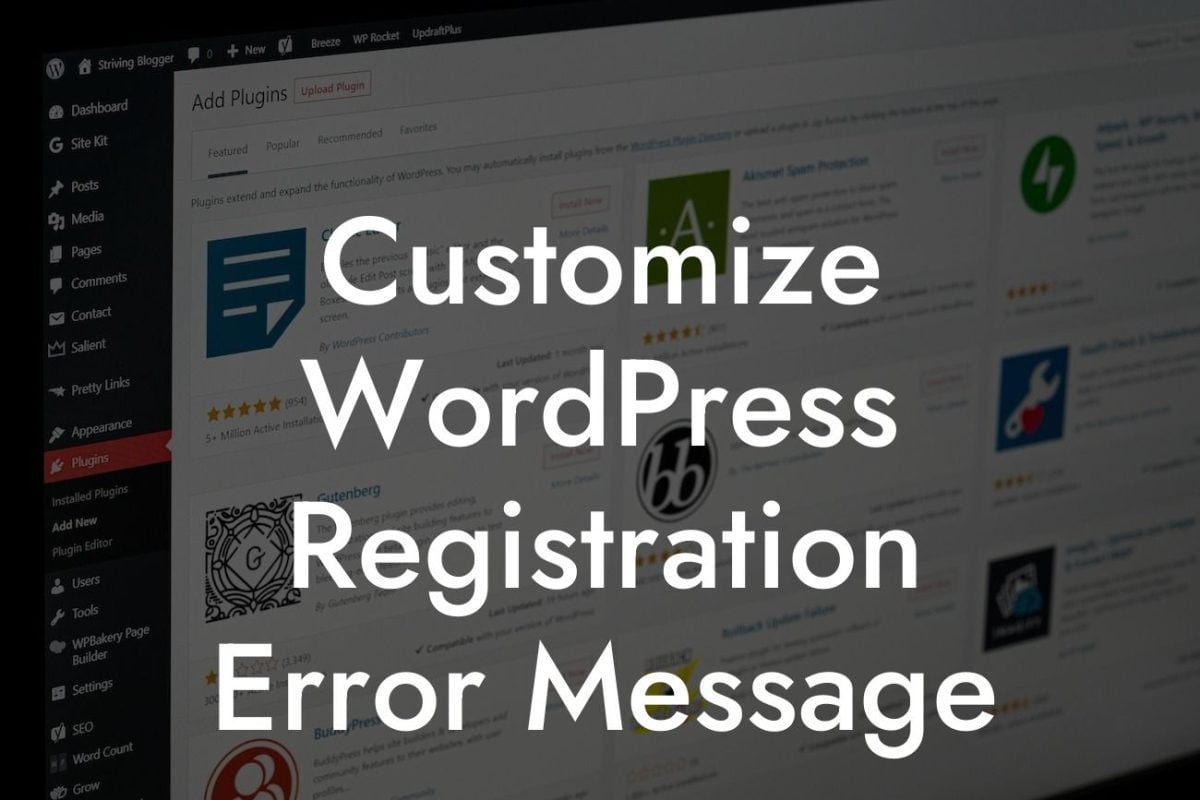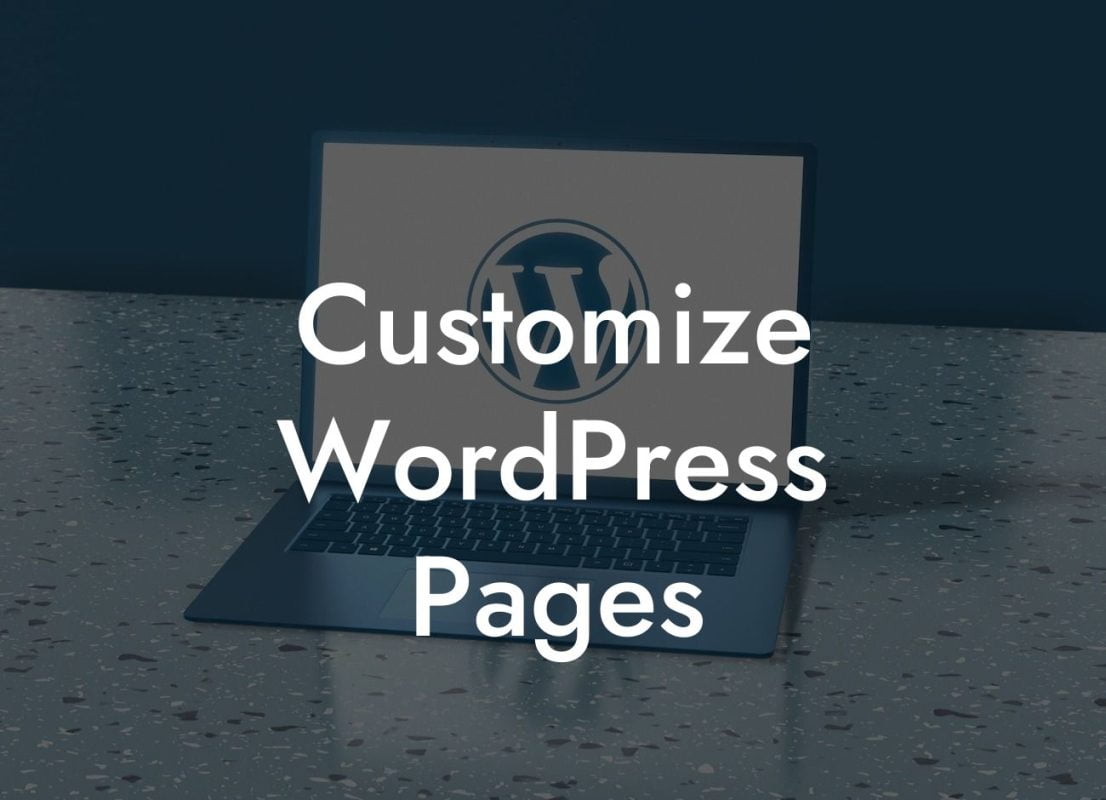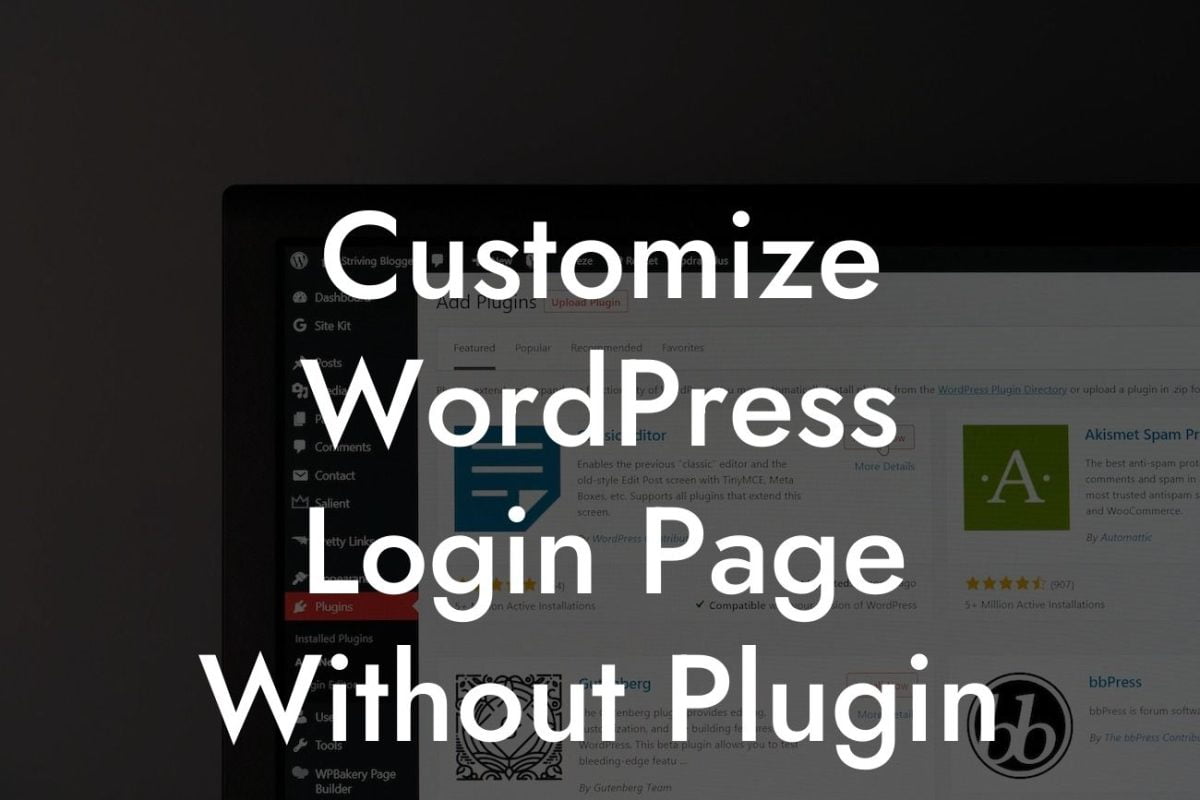Are you tired of having a cookie-cutter website that looks just like every other WordPress theme out there? If you want to make your online presence truly unique and stand out from the crowd, then it's time to customize your HTML page static WordPress theme. In this article, we will guide you through the process and provide you with tips, tricks, and tools to create a personalized website that perfectly represents your small business or entrepreneurial venture. Ready to take your online success to the next level? Let's get started!
Customizing your HTML page static WordPress theme may seem like a daunting task, but with the right strategies and tools, it can be a breeze. Here's a step-by-step guide to help you transform your website into a stunning online presence.
1. Understand the Theme Structure:
Before you begin customizing your HTML page static WordPress theme, it's essential to understand its structure. Familiarize yourself with the theme files, such as index.php, style.css, and functions.php. This knowledge will give you a solid foundation to work with.
2. Child Theme Creation:
Looking For a Custom QuickBook Integration?
To ensure that your customizations won't be overwritten when the theme gets updated, it's crucial to create a child theme. This way, any modifications you make will remain intact even after theme updates. Follow these steps to create a child theme:
- Create a new folder in your theme directory and name it something like "my-custom-theme-child".
- Inside this folder, create a style.css file.
- Add the necessary headers to your style.css file, including the parent theme's template name, author, and version.
- Enqueue the parent theme's stylesheet in your child theme's functions.php file.
3. Customize CSS Styles:
Now that you have a child theme, you can start customizing the CSS styles to give your website a unique look. Use tools like Chrome Developer Tools or Firebug to inspect the elements and identify the CSS classes or IDs you want to modify. Add or override CSS rules in your child theme's style.css file to achieve the desired appearance.
4. Template Modification:
To customize the layout or structure of your static HTML pages, you need to modify the theme templates. Copy the desired template file (e.g., index.php, page.php) from the parent theme into your child theme directory. Make necessary modifications, such as rearranging elements, adding or removing sections, or integrating additional functionality. Don't forget to update the template's references within the WordPress Loop to reflect the file locations in your child theme.
5. Content Customization:
To make your website truly personalized, you'll want to customize the content beyond just the visual appearance. Update the theme's default placeholders with your own texts, images, and videos. Tailor the content to suit your brand's voice and messaging, ensuring a consistent and engaging experience for your visitors.
Customize Html Page Static Wordpress Theme Example:
Let's say you're running a small business and want to customize your HTML page static WordPress theme to reflect your unique brand identity. You decide to change the color scheme, add a customized header, and rearrange the homepage sections. By following the steps mentioned above, you successfully implement these changes and create a website that stands out, truly representing your business and captivating your target audience.
Congratulations! You've now learned how to customize your HTML page static WordPress theme to create a website that perfectly aligns with your small business or entrepreneurial venture. Remember, customization is the key to standing out in the competitive online landscape. Explore our DamnWoo plugins to enhance your website's functionality even further, and don't forget to share this article with others who might find it helpful. Stay tuned for more guides on DamnWoo that will supercharge your online success!

